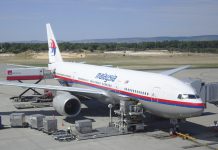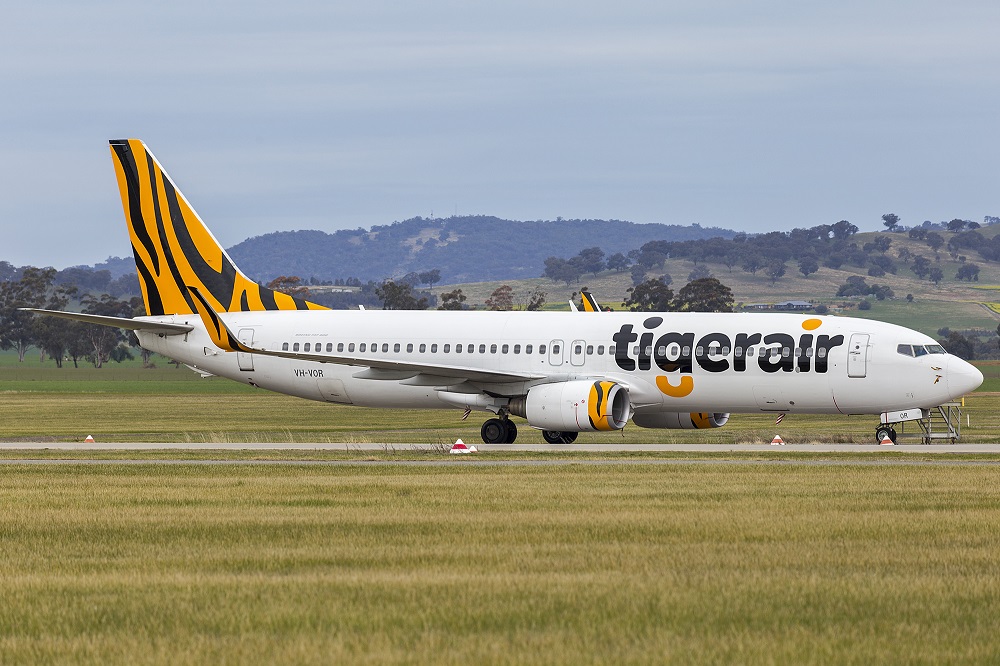Air safety investigators have urged greater attention to checklist management after Tigerair Australia pilots forgot to turn on air conditioning packs on a Boeing 737 and the plane failed to pressurize.
The crew on the July 2018 Sydney-Melbourne flight were alerted to the problem when a cabin altitude alarm was triggered as the aircraft passed through 13,500ft.
A trainee first officer was flying the plane and identified the air conditioning switches were set to off and immediately set them to auto.
The captain took control of the aircraft as the pilots donned oxygen masks and descended to 10,000ft in accordance with procedures.
A report by the Australian Transport Safety Bureau found that normal Tigerair procedures and checklists designed to ensure the aircraft was correctly configured for flight were not completed.
It said this was due to a number of factors including training, distraction, a high workload, low expectancy of error and supervision lapses.
The air conditioning packs distribute air bled from the engines and are turned off during engine start.
They should then be set to “auto” and if this does not happen, there will be insufficient air to pressurize the aircraft.
An aural and visual warning activates once the cabin altitude rises above 10,000ft and passenger oxygen masks automatically deploy when it hits 14,000ft, something that did not happen in this case.
The report said a pressurization controller was correctly set and functioned normally by closing an outflow valve, likely resulting in a natural lag in the rise in cabin altitude.
It noted the pilot monitoring was required to set or verify that the engine bleeds and air conditioning packs were operating as part of the take-off procedure.
An after take-off checklist also included confirmation steps for both the engine bleeds and air conditioning packs.
The captain said he looked at the cabin altitude and pressure guages but remembered the readings being as expected and he did not identify that the pack switches were off.
While the pilot monitoring was required to read and respond to the checklist, both pilots were required to verify each item, the report said.
“Flight crews are reminded that effective checklist management is essential for verifying that critical procedural items are undertaken and ensuring safe aircraft operation,” ATSB director transport safety Dr. Stuart Godley said.
The first officer, while a trainee on the B737, had significant experience on other aircraft but had only recently joined Tiger after a lengthy break in flying roles.
The ATSB said significant gaps in the training program may not have allowed him sufficient time to consolidate procedures “on an intuitive level that was resilient to error”.
His experience may have also led the captain to relax his supervision, it said.
“Although a highly experienced pilot, the First Officer was still a trainee on the Boeing 737 and as such, required vigilant supervision of a training captain,” Dr Goldey said.
“This is a crucial defense against error by trainee pilots.”
The ATSB noted three other incidents in Australia involving Boeing 737 pilots failing to correctly turn on air conditioning packs, one of which saw passengers oxygen masks deployed.
There were several similar incidents overseas, the most serious of which was the 2005 Helios Airways crash where the crew misidentified a cabin altitude warning and succumb to hypoxia.
The Helios Boeing 737 continued on autopilot until it ran out of fuel and crashed.
Tigerair undertook a number of safety actions include issuing a flight crew notification warning highlighting the need to strictly adhere to standard operating procedures, highlighting its internal investigation in a company publication and reviewing B737 checklists.
























